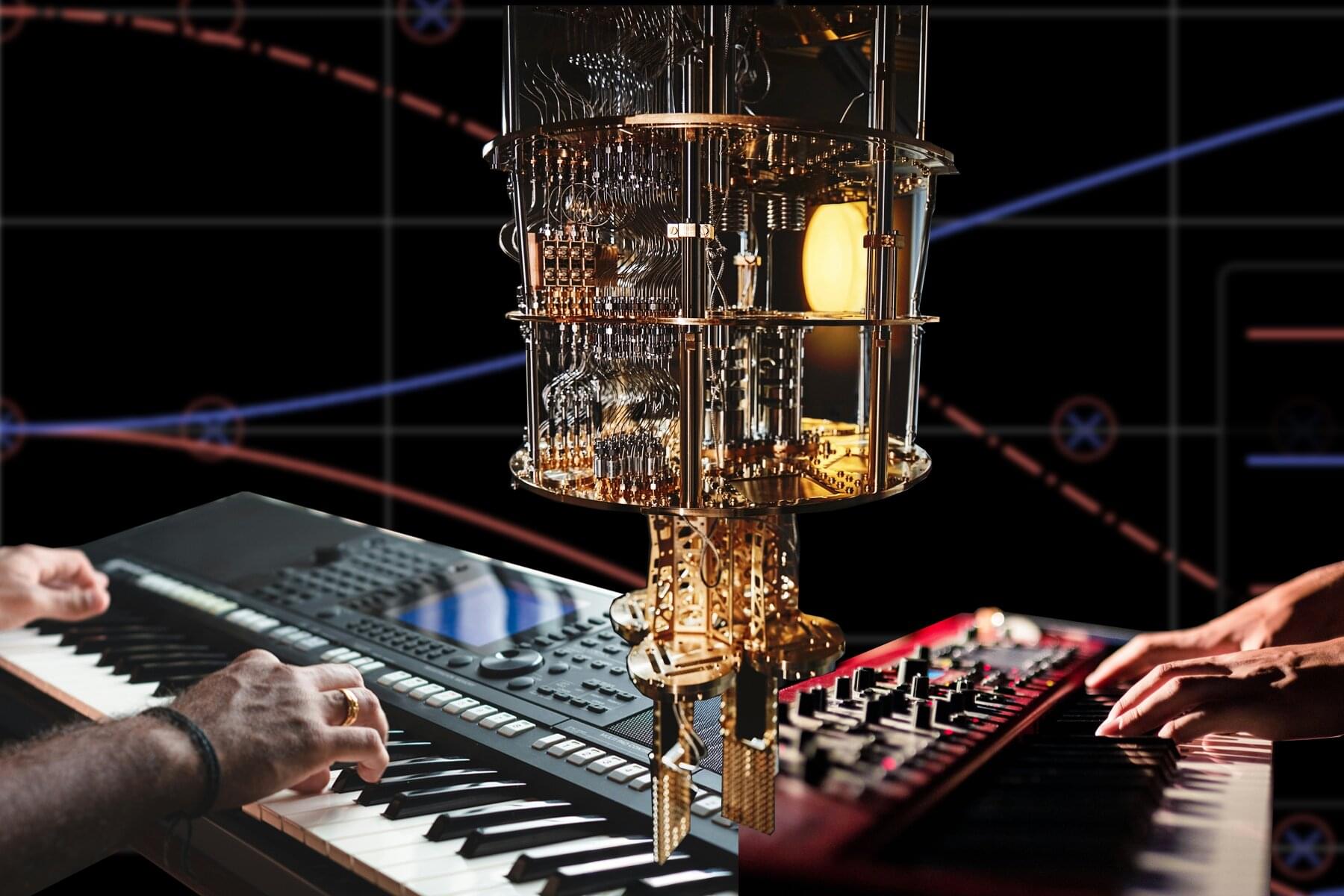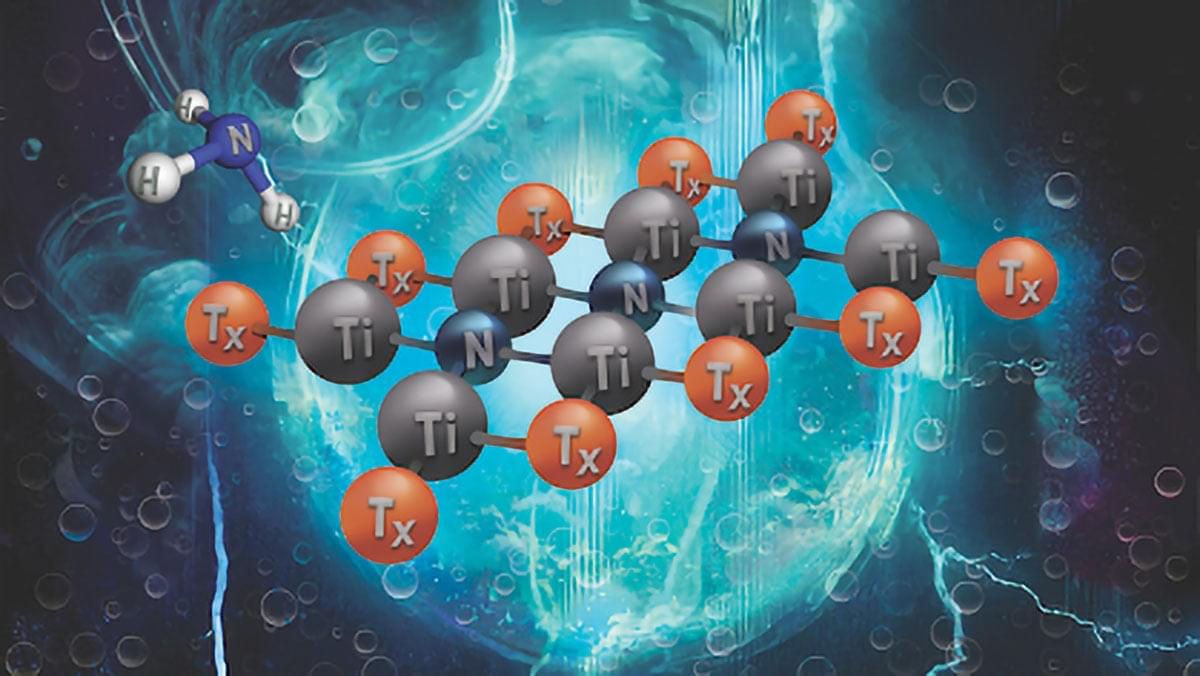A research group at The University of Tokyo has discovered a new principle by which helical chiral molecules acquire spin through molecular vibrations, enabling them to adhere to magnets. Until now, it was believed that chiral molecules could only exhibit magnetic properties when an electric current was applied. This discovery overturns that conventional understanding.
Chiral molecules, which have a helical structure, are known to interact with magnets in a phenomenon known as chirality-induced spin selectivity (CISS). For instance, when a chiral molecule is connected to a magnet and an electric current is applied, magnetoresistance effects can be observed. It has also been reported that magnets can be used to separate right-handed and left-handed chiral molecules.
The prevailing explanation is that the flow of current through a chiral molecule induces magnetic properties, similar to an electromagnet. However, this explanation has limitations, as it does not fully account for the large magnetoresistance effects or CISS phenomena observed even in the absence of an electric current.








